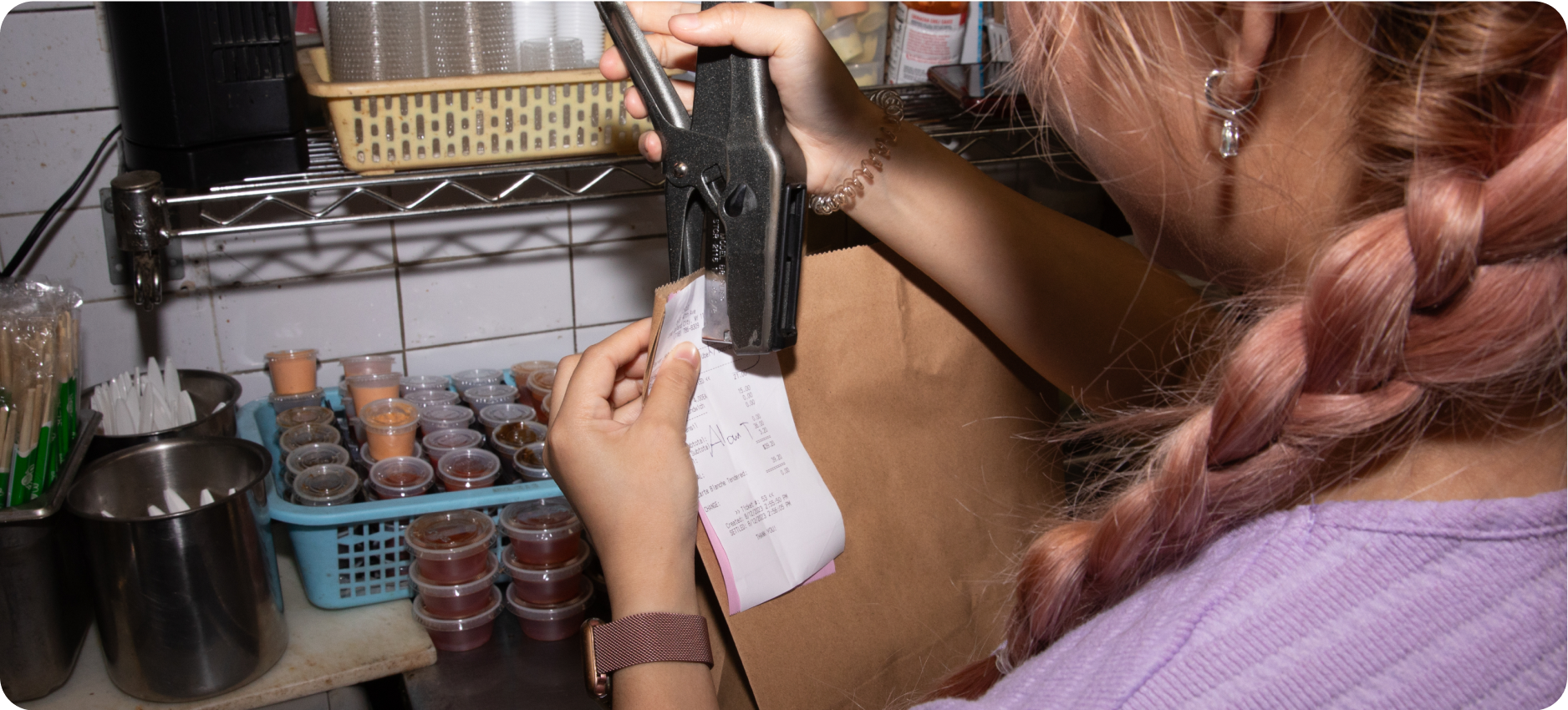Restaurant Delivery Apps & Incremental Profit: It’s Complicated

Online ordering through restaurant delivery apps has skyrocketed in popularity in recent years, with sales predicted to reach $320 billion by 2029. While on its surface, such a spike in restaurant orders seems like great news for restaurant owners and managers looking for a boost in incremental profit, but the truth is a bit more complicated.
Online ordering, when approached correctly, can be a profitable and healthy source of business for restaurateurs. It gets murkier when operators’ already-thin margins are undermined by the often crippling commissions (up to 40%) charged by third-party marketplaces.
What is incremental profit?
Commission-based restaurant delivery apps sell themselves on the idea of incremental profit and sales. There’s agreement that for on-premise orders, a commission of anywhere between 15% to 40% isn’t sustainable. The average restaurant’s profit margin is just 6%, after all. Yet when it comes to off-premise orders, they maintain that the margins are very, very different.
The argument goes like this: A restaurant that’s already in operation has a number of fixed costs, including rent, utilities, equipment, and administration. If that restaurant is able to cover these expenses with the prices it sets for on-premise meals, then there are wider margins to play with when it comes to off-premise sales.
Restaurant delivery marketplaces will have you believe that all of your online ordering sales produce ‘incremental profit,’ meaning you wouldn’t have gotten them otherwise. If your cooks are already cooking and you’re already paying the rent, you can exclude these ‘fixed’ costs when calculating the profitability of those incremental commission-based online ordering sales.
The math doesn’t make sense.
When costing a menu, restaurant operators need to account for the food and labor costs for each unique item. Then, the burden of fixed costs gets distributed across all of your items—no matter where they are consumed.
Whether you’re preparing a to-go order or a dine-in one, you’re still using electricity, wearing out your equipment, and paying your staff’s wages and administrative overhead. If you increase the amount of orders sold due to delivery, you can distribute the total overhead costs across more sales, keeping in mind that those overhead costs are growing a bit too. However, once you factor in the 30% (or more) of each order going to third-party restaurant delivery apps, your margins could very well disappear.
Even large chain restaurants, which tend to be more financially stable than independent businesses, find the math of incremental profit to be faulty. Domino’s calls it “problematic,” while the CEO of Olive Garden’s parent company states, “We’re not willing to give up 20% to 25% just to get a sale.” The President of Little Greek Fresh Grill describes restaurant delivery apps as “margin killers,” and Wingstop executives predict that, “Some players doing delivery today will stop because the fees and economics they’re doing just don’t make sense.”
See how one restaurateur saved over $100,000 and grew sales by 138% by switching from third-party marketplaces to ChowNow’s commission-free online ordering platform.
Online ordering sales just aren’t incremental anymore.
The idea of gaining incremental profit from restaurant delivery apps really falls apart when one considers how much online ordering has grown. Increasingly, these sales aren’t supplementing in-store dining. Rather, they’re replacing them. Restaurant guests themselves admit this: According to one survey, 43% of customers who ordered food for delivery said that it replaced a meal at a restaurant.
Sales through the five largest marketplace restaurant delivery apps—Grubhub, Postmates, Uber Eats, DoorDash, and Caviar—rose by 55% last year. Looked at as a group, they’d be equivalent to the third- or fourth-largest restaurant chain in the United States.
This doesn’t mean that online ordering spells the end of the restaurant business. However, restaurateurs need to account for this fundamental change and act to protect themselves.
The solution? Find an online ordering system that helps you keep the profits.
The economics of commissions make it seem like online ordering threatens the existence of independent restaurants. But it doesn’t need to be this way. Restaurants can thrive when they find the right support, tools, and financial arrangements.
Look for a commission-free online ordering system that lets you pay a reasonable flat rate for unlimited orders. This will make it easy to grow your digital takeout business profitably. With ChowNow, for example, the typical restaurant makes enough in sales in its first month to pay for a whole year’s worth of service.
The best online ordering solution for your restaurant will put you in control of your customer data, and help you strengthen your customer relationships through tools like email marketing.
Watch out for other harmful misconceptions about restaurant delivery apps.
The incremental profitability of commission-based online ordering isn’t the only misleading idea out there. Commission-based restaurant delivery apps will have restaurateurs believe that their marketplaces are financially sustainable marketing tools that foster customer loyalty. In reality, they undermine marketing initiatives and customer relationships through shady business practices.
Get the truth in our ebook, 4 Myths About Third-Party Restaurant Delivery—Busted, and fight back.





